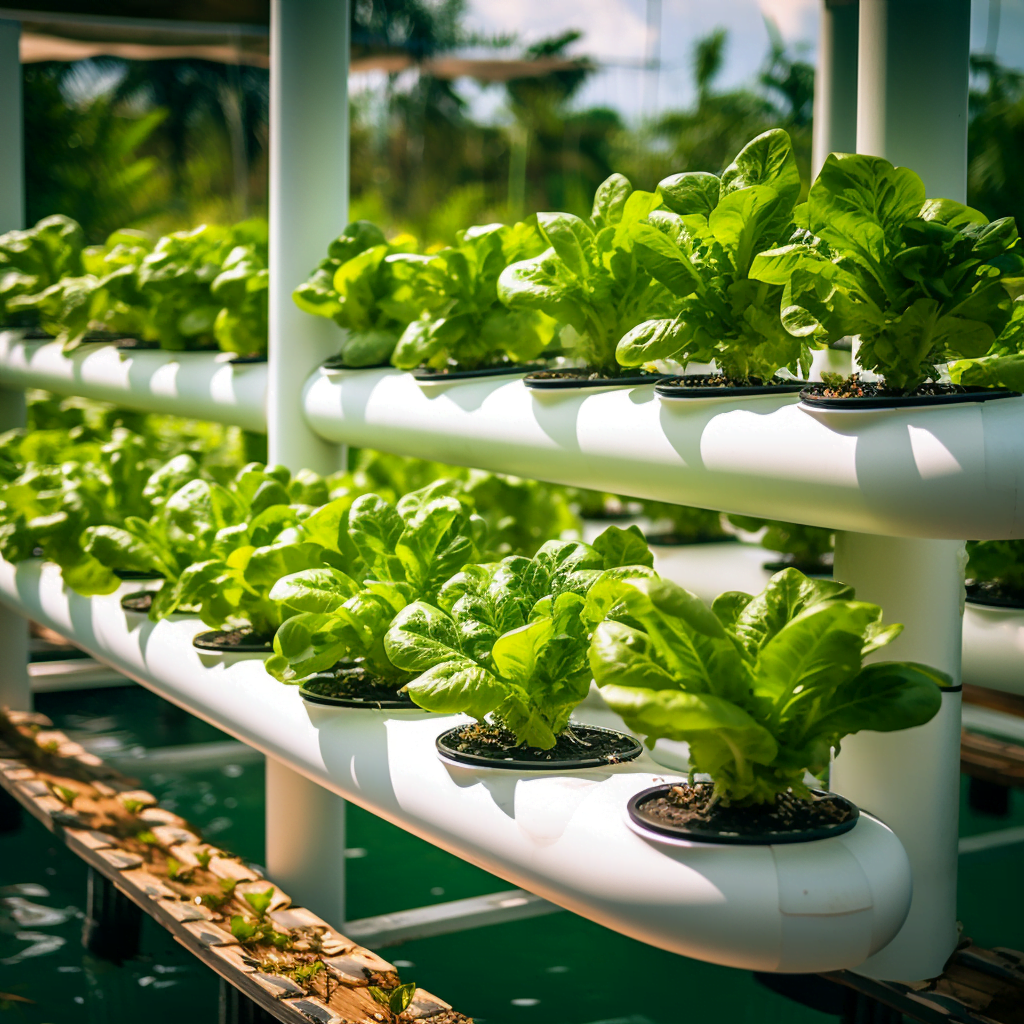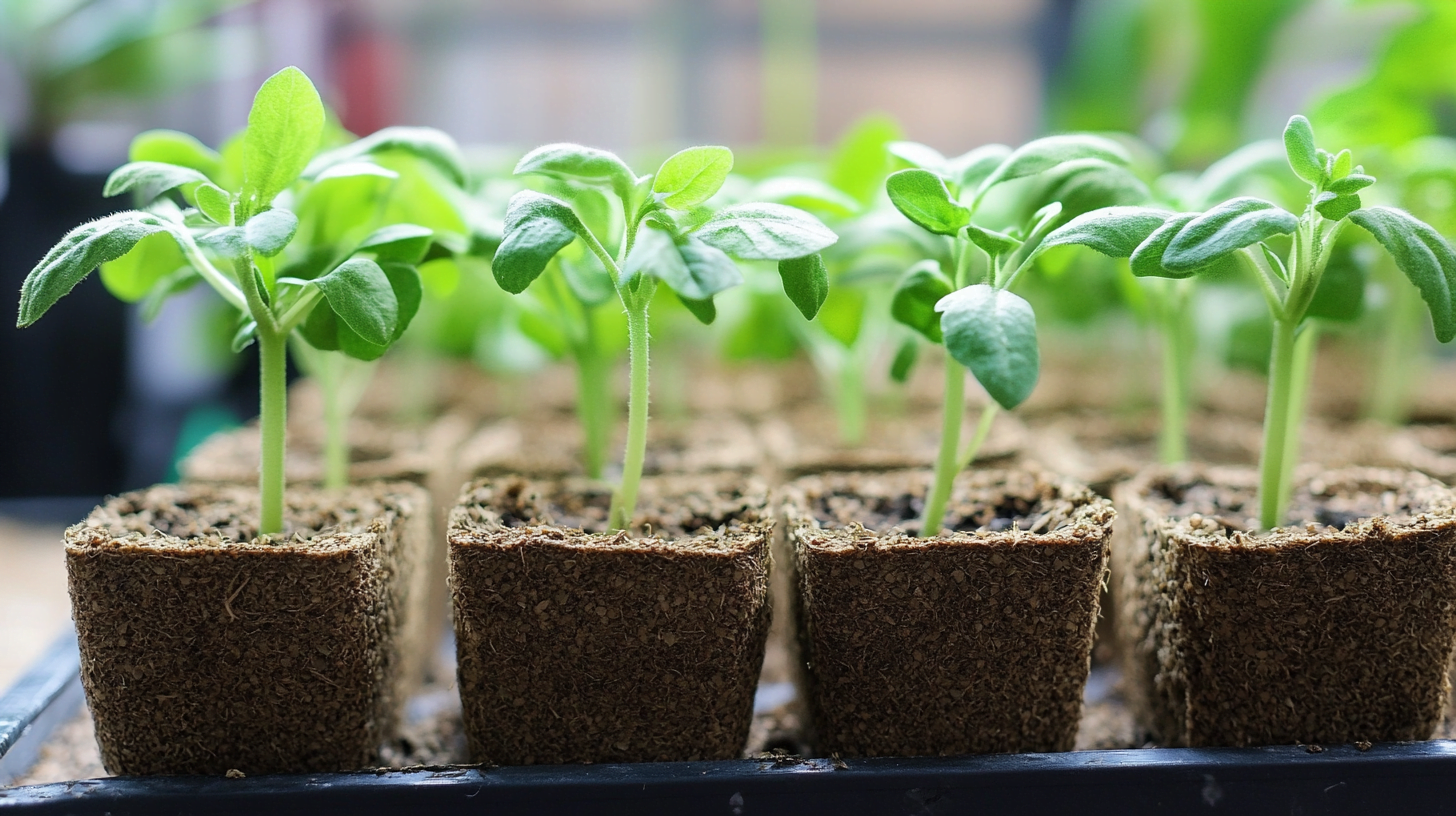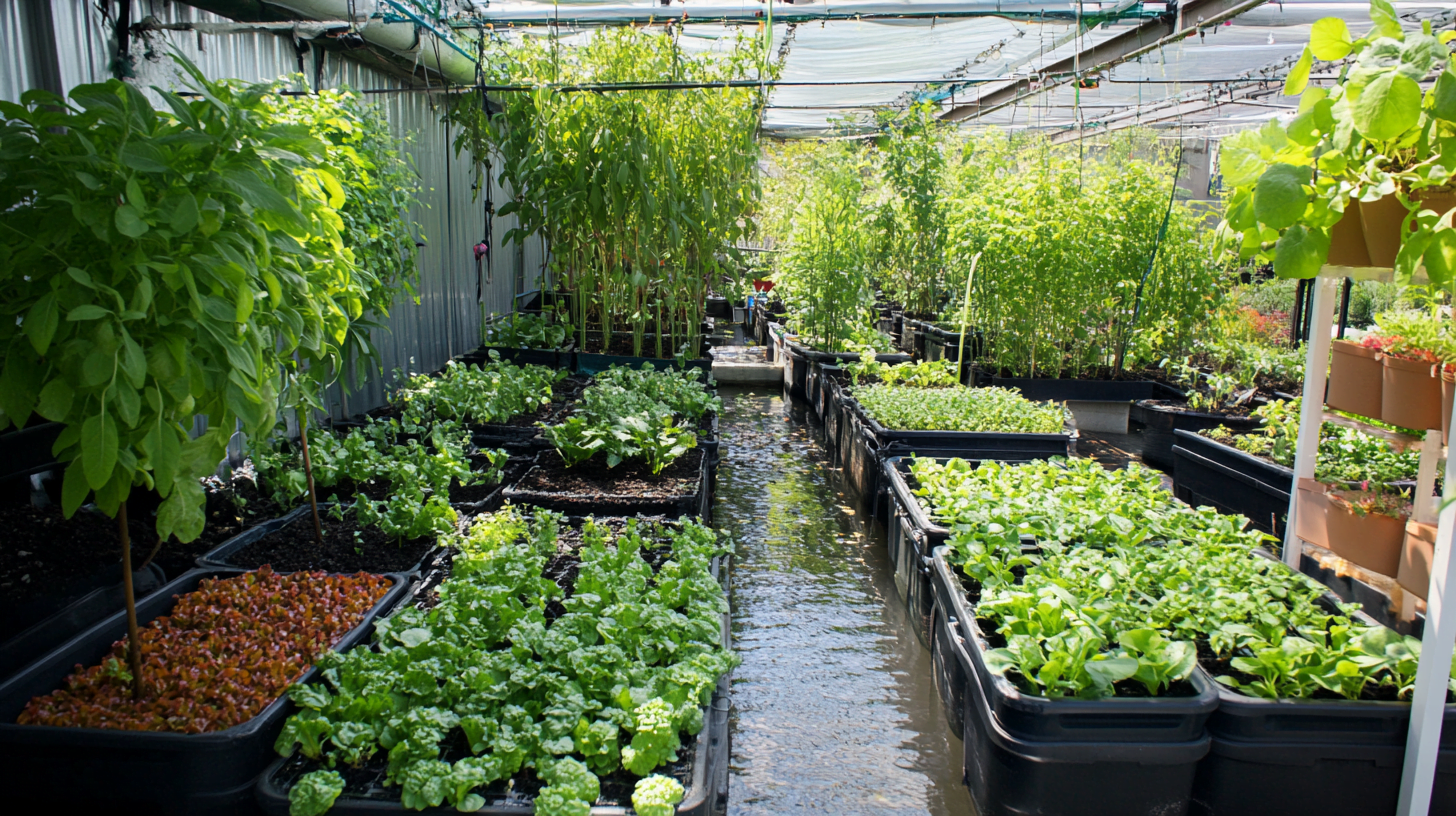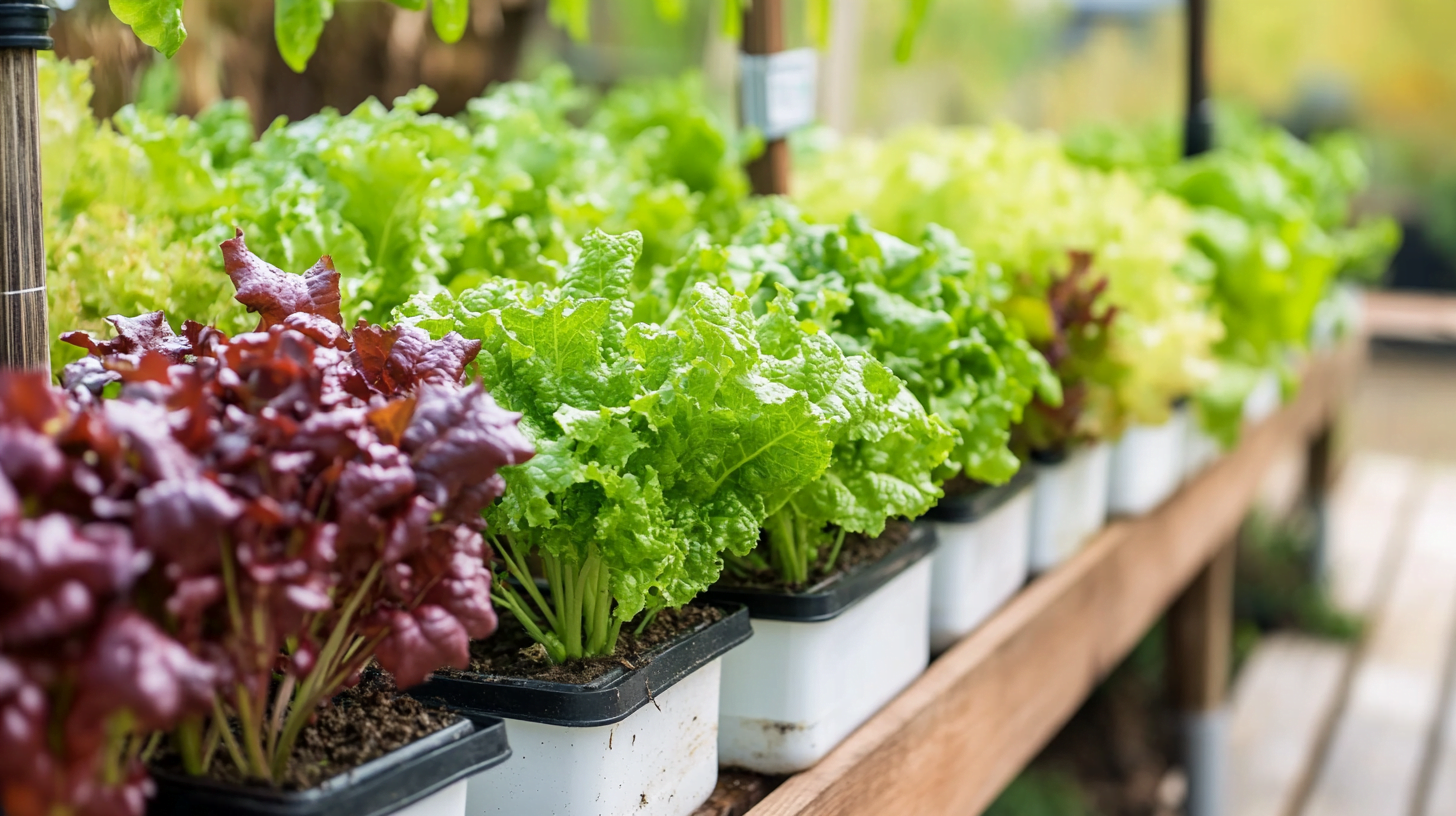Hydroponic gardening allows you to grow plants without soil by using mineral nutrient solutions in a water solvent. With some planning and preparation, you can set up your own productive hydroponic garden at home.
Introduction to Hydroponics
Hydroponic gardening, also referred to as soilless gardening, is a method of growing plants without soil. Instead, the roots are suspended in a nutrient-rich solution that provides all the water, nutrients, and oxygen the plants need. The two main types of hydroponic systems used are:
- Solution Culture – Roots are continuously submerged in the nutrient solution. An air pump and stones aerate the water.
- Aggregate Culture – Plants are grown in an inert medium like clay pebbles or rockwool. The medium is flooded intermittently with the solution.
Compared to traditional gardening, hydroponic gardening offers advantages like:
- Higher yields in less space
- Faster growth and harvest times
- Less issues with pests, diseases, or changing outdoor conditions
- Easier maintenance without weeds or soil pests
- Ability to precisely control the plant’s nutrient intake
With the right setup, hydroponic gardening can be done successfully indoors or outdoors year-round.
Choosing Plants and Starting Seeds
When first starting hydroponics, it’s best to choose quick-growing, small-rooted plants like:
- Lettuce
- Herbs
- Leafy Greens
- Strawberries
These plants adapt well to hydroponic cultivation.
To germinate seeds, use rapid rooter plugs composed of compressed peat. Rapid rooters have a wicking action that keeps seeds moist and are easy to transplant directly into hydroponic systems. Using a heat mat will help maintain the ideal 75-80°F temperature needed for germination.
Once seedlings develop a healthy root structure, transplant them into your hydroponic system.
Picking Your Hydroponic System
Popular hydroponic systems for home use include:
- Wick System – Plants sit in an inert medium like perlite with the bottom wick sitting in the nutrient reservoir. Best for smaller plants.
- Flood and Drain – Plants sit in a grow tray that floods with nutrient solution periodically, then drains. Helps prevent root rot.
- Deep Water Culture – Roots are fully submerged in an aerated nutrient solution. Requires an air pump.
- Drip System – Nutrient solution is dripped onto the base of each plant as needed. Requires a timer and drip emitters.
When choosing a system, consider your budget, available space, technical skills, and desired plants. Start small to avoid being overwhelmed. Many kits are available that include all the components needed.
Selecting Grow Lights
Since natural sunlight is limited indoors, proper artificial lighting is essential for hydroponic gardening. Full spectrum LED grow lights that provide light in the red, blue, and orange wavelengths are recommended. They are energy efficient and mimic the sun’s light spectrum.
Look at factors like light intensity, coverage area, and power draw when selecting lights. Ensure lights are adjustable and kept 2-6 inches above plants. Provide 16-18 hours of daily light for leafy greens.
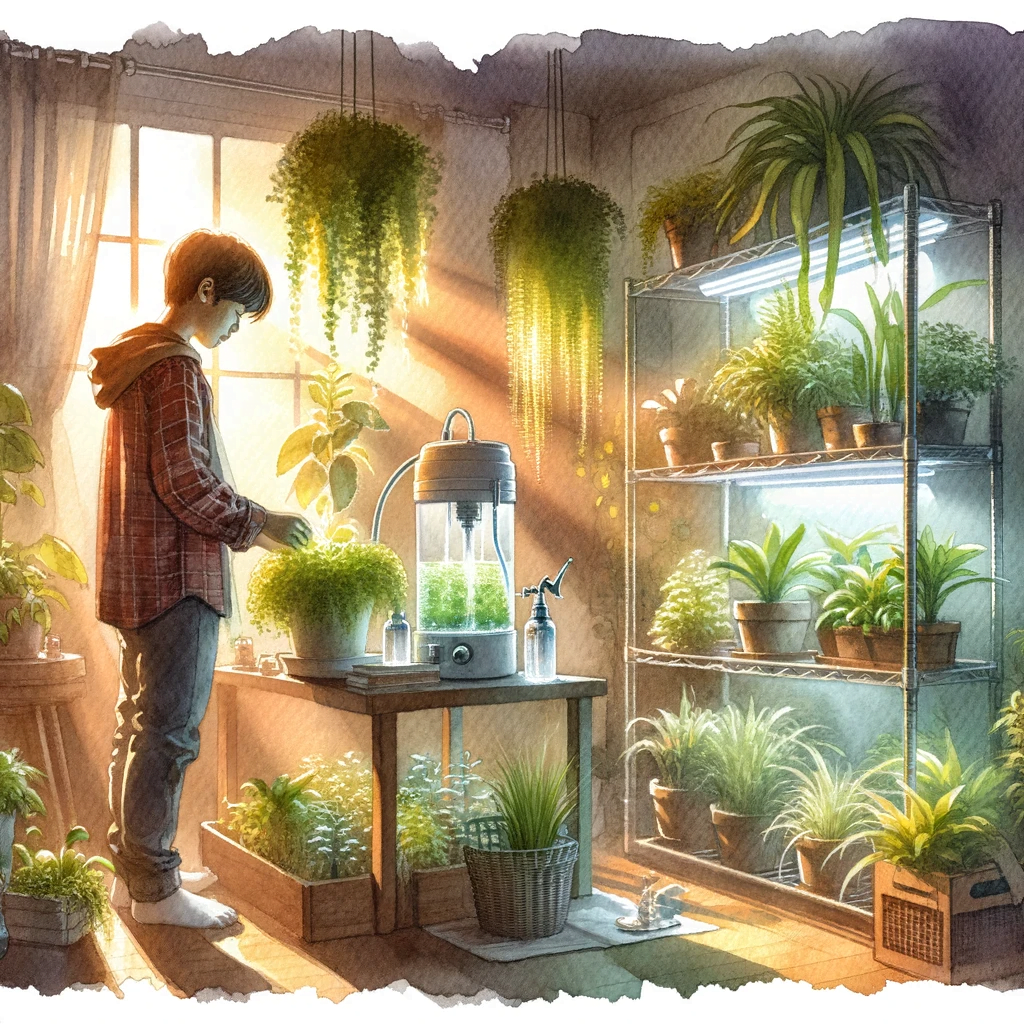
Choosing a Grow Medium
The inert medium plants grow in depends on your hydroponic system. Common options include:
- Expanded Clay Pebbles – porous, reusable, drain well. A versatile option.
- Rockwool – made from spun rock, retains moisture well.
- Coco Coir – sustainable coconut fiber product that holds air and water.
Avoid soil, which can clog hydroponic systems. Opt for a sustainable medium suited to your plants.
Getting Nutrients and Supplements
Hydroponic nutrient solutions provide the essential elements plants need. Popular options include:
- 1-Part – Concentrated all-in-one formulas, like FloraNova Grow, easy for beginners.
- 2-Part – Separate vegetative and blooming formulations. Allows customization.
- 3-Part – Separate micro, grow, and bloom formulations. For advanced users.
Supplements like Cal-Mag, silica, or fulvic acid can enhance growth. Introduce them gradually after the plants have adjusted.
Acquiring pH Tools
The pH of your nutrient solution is crucial. Most plants grow best from 5.5 to 6.5 pH. Outside this range, plants can’t absorb nutrients properly.
Use a digital pH pen or probe for accurate measurements. Also have pH up and pH down solutions on hand. Test and adjust the pH daily to maintain the ideal range.
| Supplies | Purpose | Estimated Cost (USD) |
|---|---|---|
| Hydroponic System Kit | Complete setup including reservoir, pump, etc. | $80 – $200 |
| Full Spectrum LED | To provide necessary light spectrum | $60 – $150 |
| pH Control Kit | To maintain the optimal pH level in the solution | $20 – $40 |
| Nutrient Solution | Essential nutrients for plant growth | $15 – $30 per bottle |
| Rapid Rooter Plugs | For germinating seeds | $15 – $25 |
| Seed Assortment | Various plants suitable for hydroponic growth | $10 – $20 |
| Grow Medium | Medium for root support (clay pebbles, rockwool) | $20 – $35 |
| Heat Mat | To provide ideal germinating temperature | $20 – $30 |
| Air Pump | To aerate water in certain systems | $15 – $25 |
| pH and EC Meter | To measure pH and nutrient concentration | $50 – $100 |
Setting Up Your Hydroponic System
Once you’ve acquired all the components, assemble your hydroponic system by:
- Putting together the reservoir, grow beds, plumbing and other parts. Check for leaks.
- Mixing the nutrient solution and allowing time for the pH to stabilize before adding plants.
- Testing and adjusting pH to the target range. Tweak EC/PPMs per product instructions.
- Gently placing seedlings or clones into the grow beds and covering the roots.
- Positioning the grow light(s) above plants and setting the timer appropriately.
Monitor your system closely the first few weeks to ensure the plants acclimate well and catch any potential issues early.
Ongoing System Maintenance
To keep your hydroponic garden productive:
- Check and adjust pH and EC/PPMs of the nutrient solution regularly.
- Top off the reservoir with filtered water to replace what’s absorbed.
- Change the nutrient solution periodically to replenish nutrients.
- Prune and train plants as needed.
- Monitor for signs of disease or nutrient deficiencies.
- Clean equipment to prevent algal buildup.
Harvesting Your Hydroponic Plants
Within 2-3 months for fast-growing greens, you can begin harvesting produce from your hydroponic garden. Use scissors or pruners to cut leaves while leaving the core intact to allow regrowth. Rinse and enjoy!
Conclusion
With proper planning and preparation, hydroponic gardening allows you to successfully grow bountiful, healthy plants indoors year-round. Take time to research and assemble the components best suited to the plants you want to cultivate. Your hydroponic gardening endeavors will pay off with an abundance of home-grown produce.
